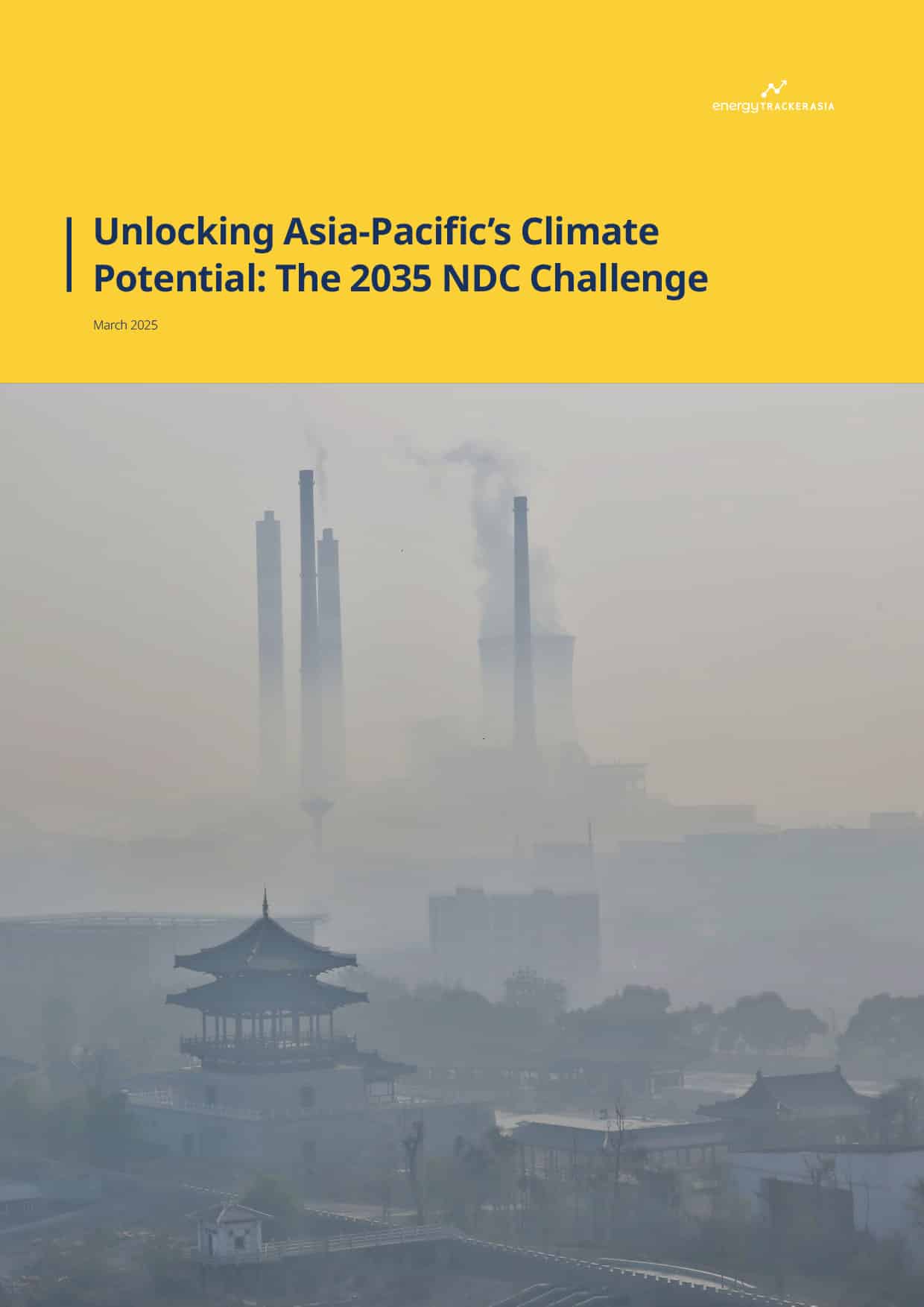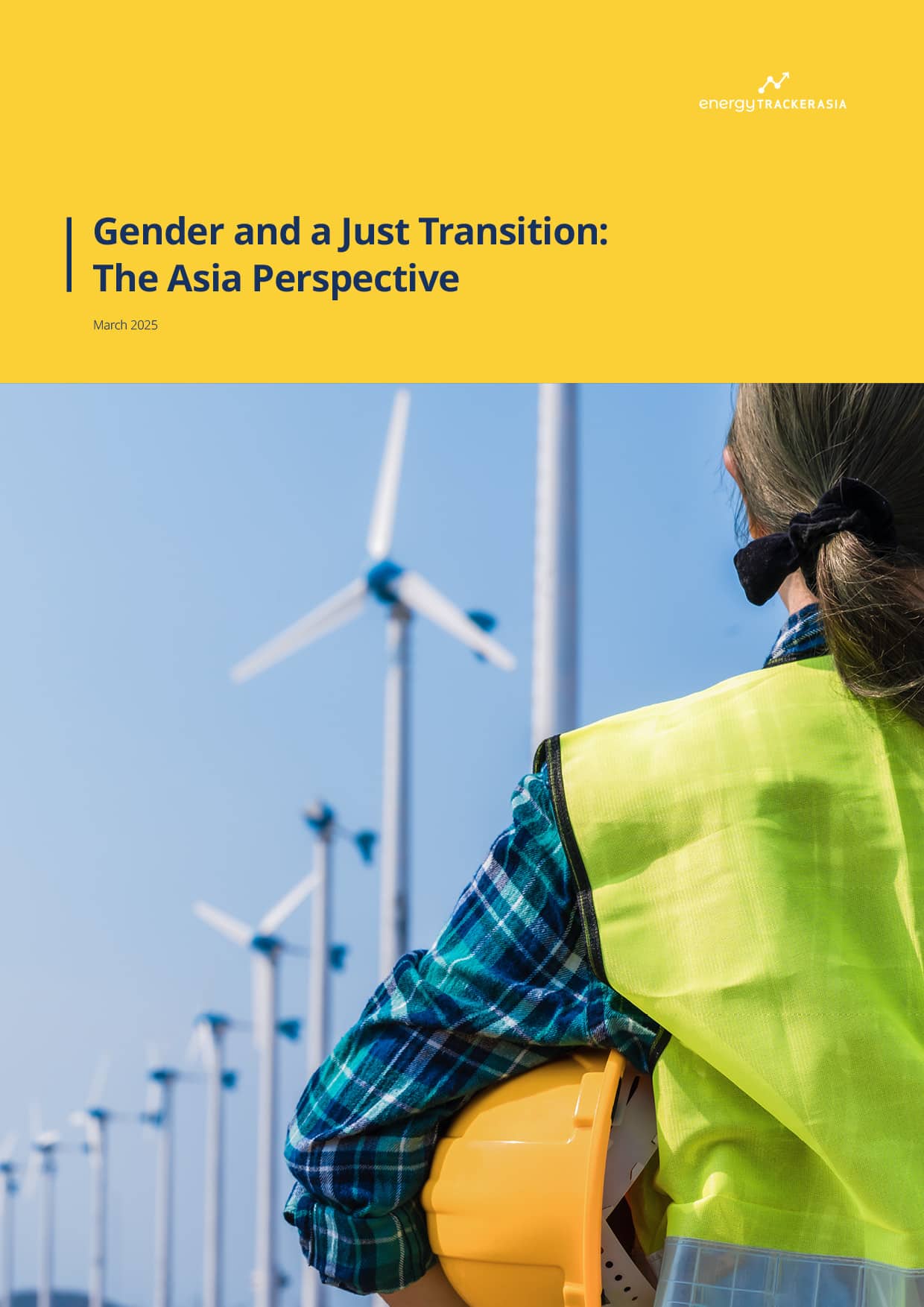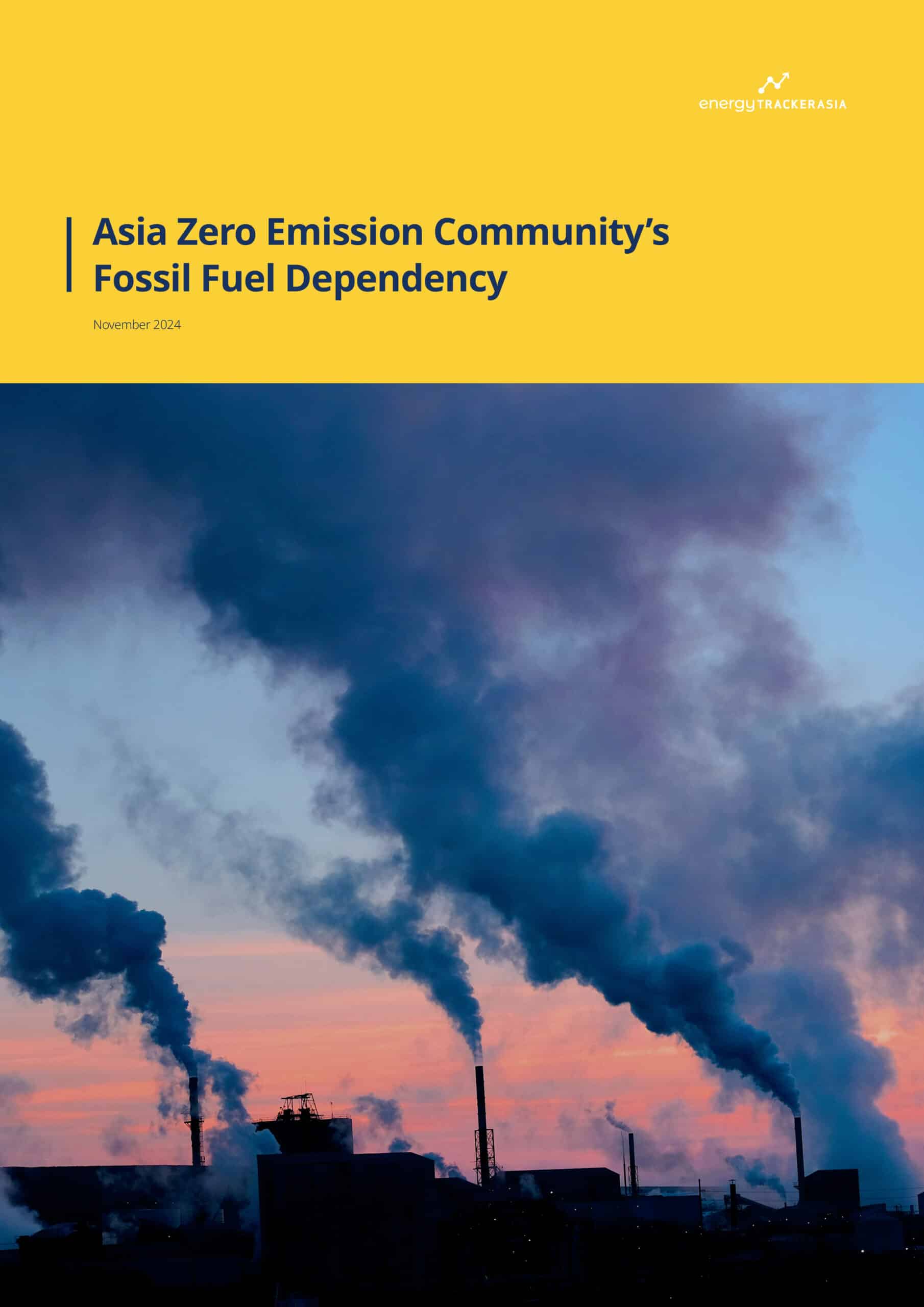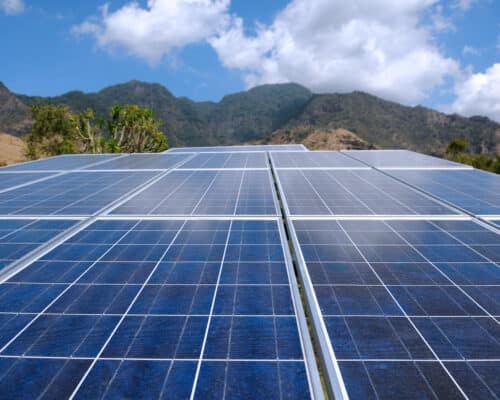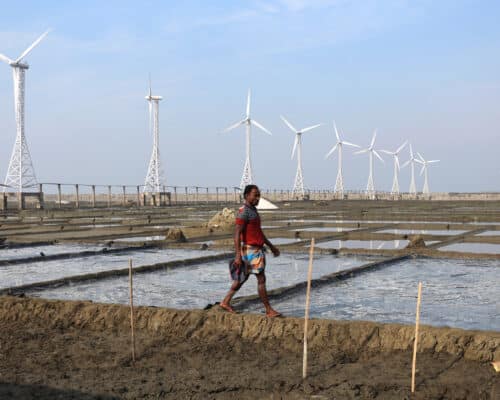Solar Energy in Kenya: East Africa’s Renewable Front-runner
Source: DW
18 June 2025 – by Eric Koons
Solar Energy in Kenya is poised for a breakout decade. As of 2024, low-carbon sources already supplied 85% of the country’s grid electricity, yet utility-scale solar photovoltaic systems contribute barely 4% of the total mix. This imbalance hints at enormous untapped potential.
With President William Ruto committing at COP28 to triple renewable capacity and double energy-efficiency gains by 2030, solar is moving from a valuable add-on to a strategic pillar of East Africa’s most advanced power market.
Kenya’s Current Energy Landscape
Energy Mix and Rising Demand
Geothermal is firmly on top in Kenya at 39.8% of generation, followed by hydropower at 24.7%, wind energy at 13.46% and solar power at 3.15%. Thermal fossil fuel plants now supply just 8.42% of annual output. Peak load hit 2,177 MW in February 2024, and the average demand is expected to keep climbing as urbanisation, data centres and e-mobility accelerate.
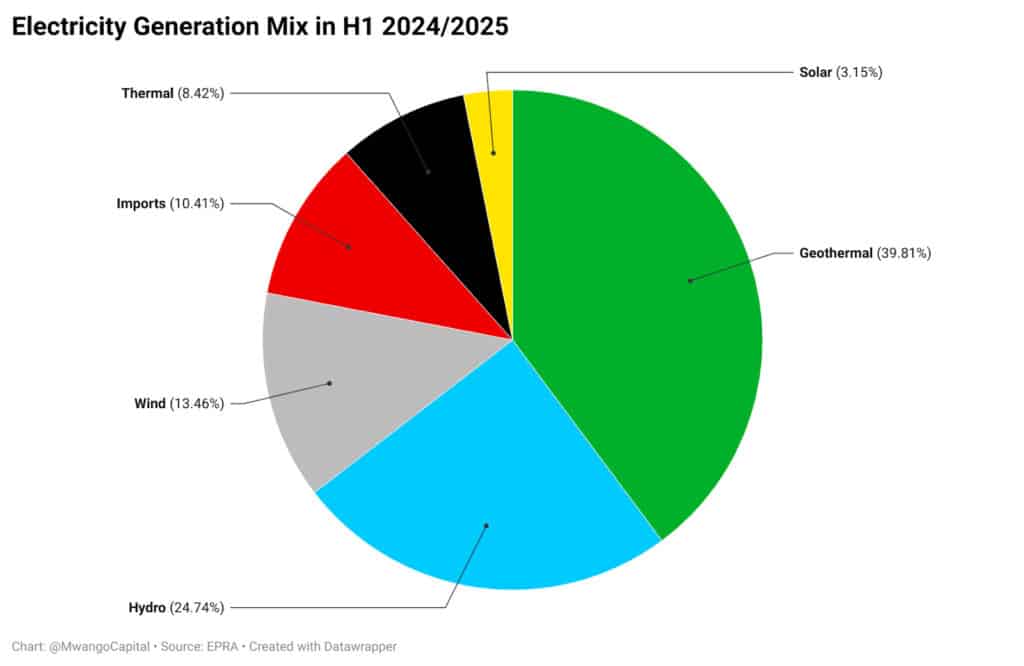
Renewable Energy Milestones to 2030
Kenya’s Vision 2030 targets a 100% renewable grid and universal household access within the next five years. The country is currently on track to achieve this goal, cutting power sector emissions by 45% and laying the foundation to reach net-zero emissions by 2050. Current focus areas for the government include opening transmission and distribution to private investors and improving grid efficiency, which sees around 23% system loss.
Solar Energy in Kenya Today
Grid-connected solar has grown quickly in recent years, with 2024 showing a 20% increase to around 340 MW of installed capacity. While this growth is impressive, it is just a fraction of the country’s estimated 15 GW of potential solar capacity. Solar remains underutilised and is a major lever the country can still pull in its push to net-zero emissions.
Off-grid and Mini-grids Revolution
Beyond the primary grid, Kenya hosts one of Africa’s most dynamic distributed-solar energy markets. Electricity access has surged from 37% in 2013 to 79% in 2023. The IEA notes that Kenya accounted for nearly three-quarters of all solar-home-system sales in East Africa in 2023, with one in five Kenyan households now relying on solar-powered standalone systems or mini-grids.
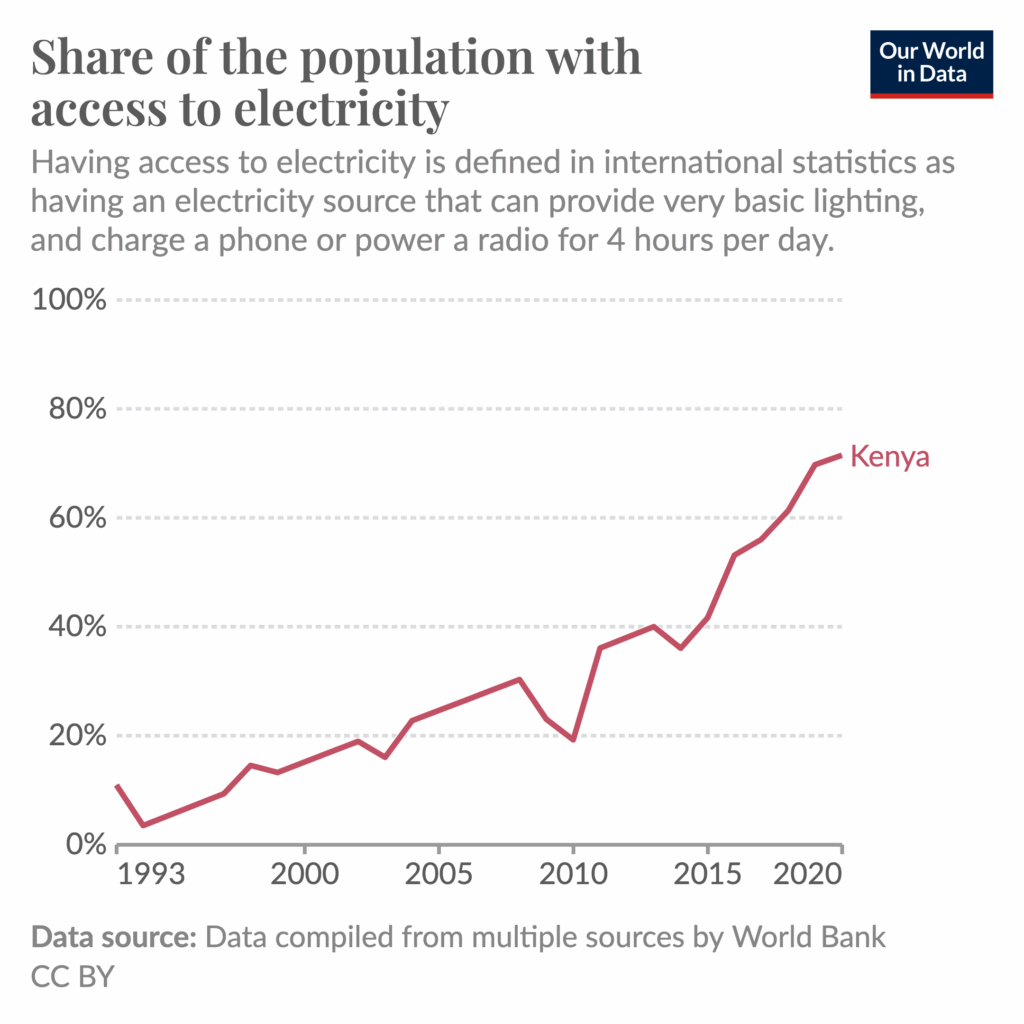
Furthermore, international organisations are working to increase access to off-grid solar energy solutions. For example, the World Bank-backed KOSAP program is working to reach 1.3 million people in underserved countries through standalone kits and mini-grids by 2027.
Kenya’s Solar Energy Sector and Government Support
Private domestic companies have been driving the country’s solar growth, accounting for 99% of solar generation capacity. Furthermore, domestic innovators dominate the regional market: M-KOPA and d.light together are two of the fastest-growing home solar providers in East Africa, and startups like SunCulture offer innovative solar solutions for the region.
However, the state generator (KenGen) now has its sights set on diversifying beyond geothermal with its own PV pipeline. This will add a new lever to solar growth in the country and will likely be a major growth driver to 2030 and beyond.
One of the main ways the government has been supporting this solar development is with a wide variety of financing mechanisms. One of the most pivotal is with public-private partnerships, which reduce the burden and risk for both parties. This is helping the country access critical capital for the utility-scale, grid-connected systems needed to meet its electrification goals.
As a result of this growth, local employment in the solar sector is skyrocketing. A recent forecast projects Kenya’s solar value chain could support 111,000 direct jobs by 2030, the highest tally on the continent after South Africa.
Future Outlook: Scaling Solar to 2030 and Beyond
Currently, Kenya’s solar pipeline is filled with projects currently underway. KenGen is working on a 42.5 MW floating-solar plant at the Seven Forks hydropower cascade, with completion slated for 2027. In March 2025, the energy ministry tendered two 40 MW farms in Isinya and Makueni, and there is ongoing work on a similar project in Usain Gishu County, which will include new 220 kV substations to streamline land and grid access. To further support grid modernisation, the government of Kenya recently entered into an agreement with the French Development Agency to develop a USD 92 million energy transmission control centre.
Why Solar Matters for Kenya’s Future
While not Kenya’s leading low-carbon energy source, solar is crucial for the country to achieve its 100% renewable energy 2030 goal and power development plan. This will include reaching 600 MW peak solar energy generation and increasing distributed solar power systems to power rural areas.
Competitive tax incentives, robust net-metering rules and a vibrant domestic start-up scene mean solar energy in Kenya is no longer a niche option but the next engine of inclusive growth. With policy certainty and continued blended finance, Kenya is one of East Africa’s renewable front-runners.
by Eric Koons
Eric is a passionate environmental advocate that believes renewable energy is a key piece in meeting the world’s growing energy demands. He received an environmental science degree from the University of California and has worked to promote environmentally and socially sustainable practices since. Eric’s expertise extends across the environmental field, yet he maintains a strong focus on renewable energy. His work has been featured by leading environmental organizations, such as World Resources Institute and Hitachi ABB Power Grids.
Read more